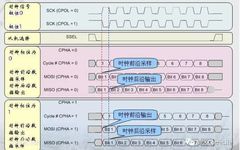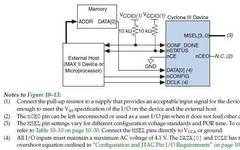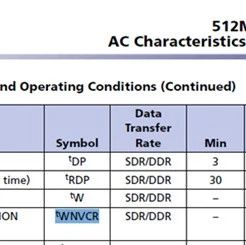Troubleshooting Incorrect Baud Rate Configuration for S32K324 MCAL SPI
Introduction During the project development process, it was found that the actual baud rate configured for the MCAL SPI did not match the clock frequency captured by the logic analyzer. The actual frequency was only half of the configured value. This article documents the troubleshooting process for this issue. MCAL Configuration Check The baud rate … Read more









